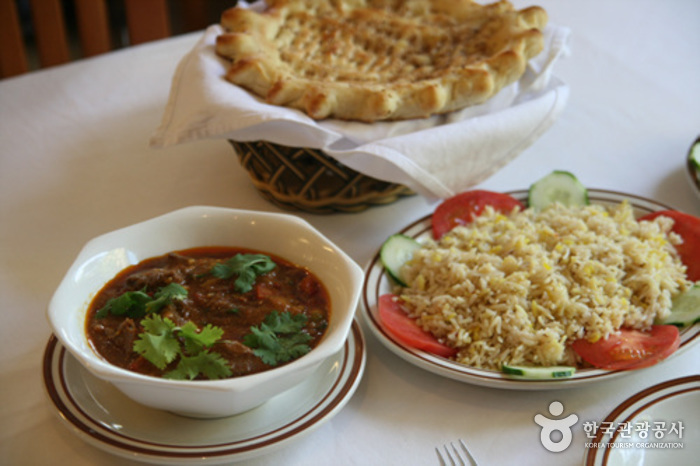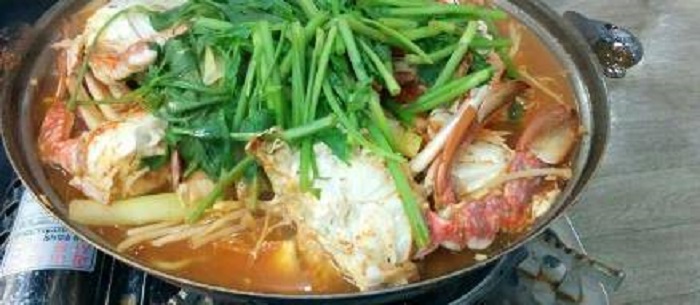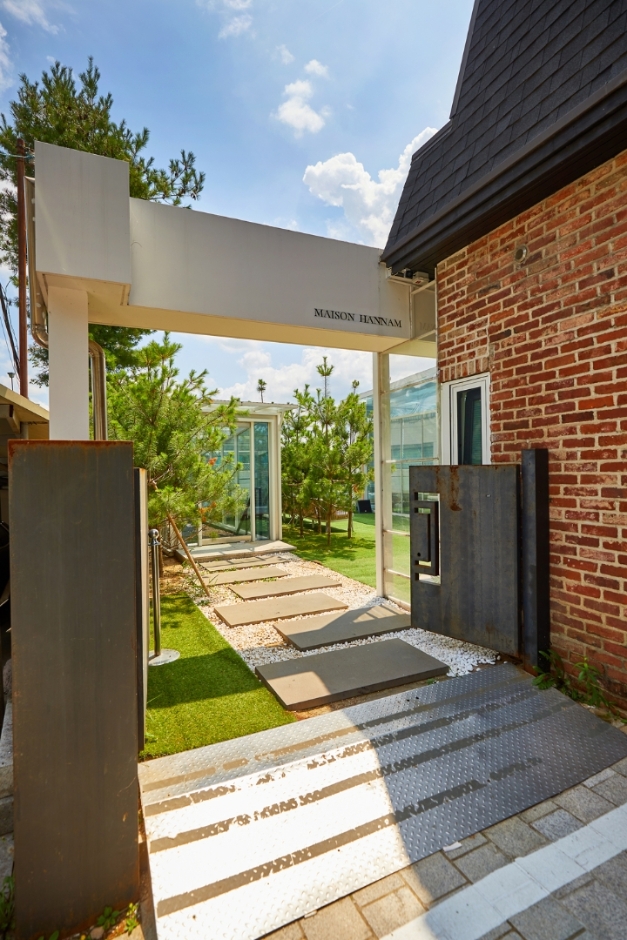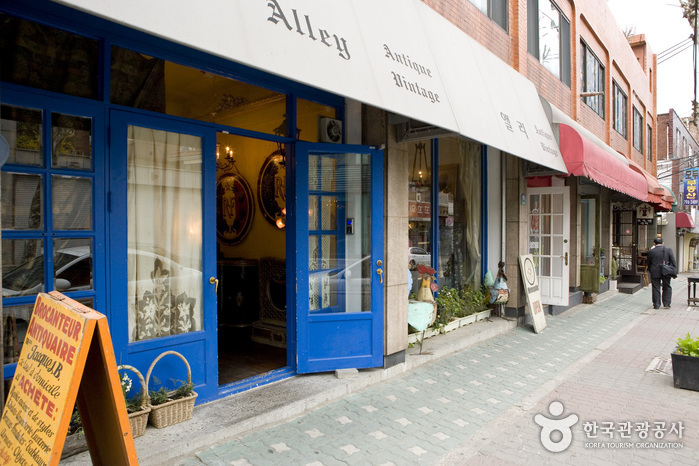Olive Young - Ahyeon Station Branch [Tax Refund Shop] (올리브영 아현역)
4.1Km 2024-04-18
10, Sinchon-ro 35-gil, Seodaemun-gu, Seoul
-
Olive Young - Hannam Ogeori Branch [Tax Refund Shop] (올리브영 한남오거리)
4.1Km 2024-04-16
1F, 65-1, Dokseodang-ro, Yongsan-gu, Seoul
-
Soon Chun Hyang University Hospital Seoul (순천향대학교 부속 서울병원)
4.1Km 2025-07-07
59 Daesagwan-ro, Yongsan-gu, Seoul
Soonchunhyang University Hospital Seoul has established a systematic and dedicated system for international patients covering all stages from pre-entry processes to departure and aftercare. Based on the medical records provided by the patient, we consult with the medical staff of each specialty to come up with an estimated treatment plan and costs to help patients prepare for their treatment in Korea. Our dedicated outpatient and inpatient teams provide expert medical interpretation, guidance, and integrated appointment management to ensure prompt and organized medical care for international patients throughout their stay. Complete with spacious and comfortable rooms, the International Ward is staffed by coordinators and a nursing team reserved for international patients. Multidisciplinary care with organized systems, state-of-the-art medical equipment, and top-notch medical staff ensure accurate diagnosis and the best treatment outcomes possible.
Usmania (우스마니아)
4.1Km 2017-10-10
34, Usadan-ro, Yongsan-gu, Seoul
+82-2-798-7155
Usmania is a Pakistani restaurant located in Itaewon. The restaurant imports all its ingredients from Pakistan (except for its meats and vegetables) in order to make the dishes as authentic as possible. Dishes are cooked in a tandoor, a clay oven used in just about every household in Pakistan.
Mokposan Kkotgejjim (목포산꽃게찜)
4.1Km 2021-03-29
325, Majang-ro, Seongdong-gu, Seoul
+82-2-2292-1270
A restaurant frequently featured in Korean gourmet programs. The best menu at this restaurant is steamed blue crab. This Korean dishes restaurant is located in Seongdong-gu, Seoul.
Olive Young - Suncheonhyang Branch [Tax Refund Shop] (올리브영 순천향입구)
4.1Km 2024-04-16
71, Daesagwan-ro, Yongsan-gu, Seoul
-
Maison Hannam (메종 한남)
4.2Km 2024-12-27
24 UN village 3-gil, Yongsan-gu, Seoul
Remodeled from the prevoius Italian Embassy, this restaurant boasts an excellent view of the Hangang River and Lotte World Tower. It is a popular place for dates or birthday parties, requiring a reservation at least a month in advance to sit on the terrace with a view of the Hangang River. Among the recommended menus is the Maison Lunch Set, which offers three courses, including appetizers (such as grilled scallops), pasta, and Korean beef steak. The food is served warm, and the utensils are changed frequently for a pleasant meal. There is a glass greenhouse on the outdoor terrace, so guests can enjoy the Hangang River view regardless of the weather.
Itaewon Antiques Street (이태원 앤틱 가구 거리)
4.2Km 2025-04-11
109-1 Bogwang-ro, Yongsan-gu, Seoul
Itaewon Antiques Street was formed around the late 1960s, when a group of antique dealerships from Asia, Europe, and North America settled in the district. This 1km-long street is home to antique dealers offering antique sofa, chairs, and tables. Some shops also offer antique decorations, accessories, and clothing. It is a famous shopping district with its own unique ambience from that of Seoul. During spring and autumn, Itaewon Antique Festival takes place, allowing visitors to shop and enjoy cultural performances.
Seoul Hyochang Park (서울 효창공원)
4.2Km 2024-07-09
177-18 Hyochangwon-ro, Yongsan-gu, Seoul
+82-2-2199-7608
Hyochang Park covers 122,245 square meters spanning across Hyochang-dong and Cheongpa 2-dong. It is a historic landmark that once contained several royal tombs, and was known at that time as Hyochangwon. The cemeteries that were originally located in Hyochangwon belonged to Crown Prince Munhyo, King Jeongjo’s first son who died at the age of five; Royal Noble Consort Uibin of the Seong Clan, King Jeongjo’s royal concubine and Crown Prince Munhyo’s mother; Royal Noble Consort Sugui of the Park Clan, King Sunjo’s royal concubine; and her daughter Princess Yeongon. The royal tombs were moved to Seooreung Tombs in the waning months of the Japanese colonial period. The Japanese empire began the development of Hyochangwon into a park in 1924, and the Japanese governor-general officially assigned the site as a park in 1940.
Presently, several of Korea’s greatest leaders are buried in Hyochang Park. The remains mostly belong to independence activists including Yoon Bong-gil, Lee Bong-chang, and Baek Jeong-gi, whose graves are collectively known as Samuisa Tomb. A statue of Lee Bong-chang has been built in the graveyard. Among the other patriotic martyrs who are interred in the park are Kim Gu and some of the key figures of the provisional government such as Lee Dong-nyeong, Cha I-seok, and Cho Seong-hwan. An ancestral shrine named Uiyeolsa has been built along the main gate and holds the portraits of the deceased independence activists.
![Olive Young - Ahyeon Station Branch [Tax Refund Shop] (올리브영 아현역)](http://tong.visitkorea.or.kr/cms/resource/40/2889240_image2_1.jpg)
![Olive Young - Hannam Ogeori Branch [Tax Refund Shop] (올리브영 한남오거리)](http://tong.visitkorea.or.kr/cms/resource/48/2889448_image2_1.jpg)



![Olive Young - Suncheonhyang Branch [Tax Refund Shop] (올리브영 순천향입구)](http://tong.visitkorea.or.kr/cms/resource/21/2889221_image2_1.jpg)


![Art Korea [Tax Refund Shop] (주식회사 아트코리아)](http://tong.visitkorea.or.kr/cms/resource/83/2888383_image2_1.jpg)
 English
English
 한국어
한국어 日本語
日本語 中文(简体)
中文(简体) Deutsch
Deutsch Français
Français Español
Español Русский
Русский